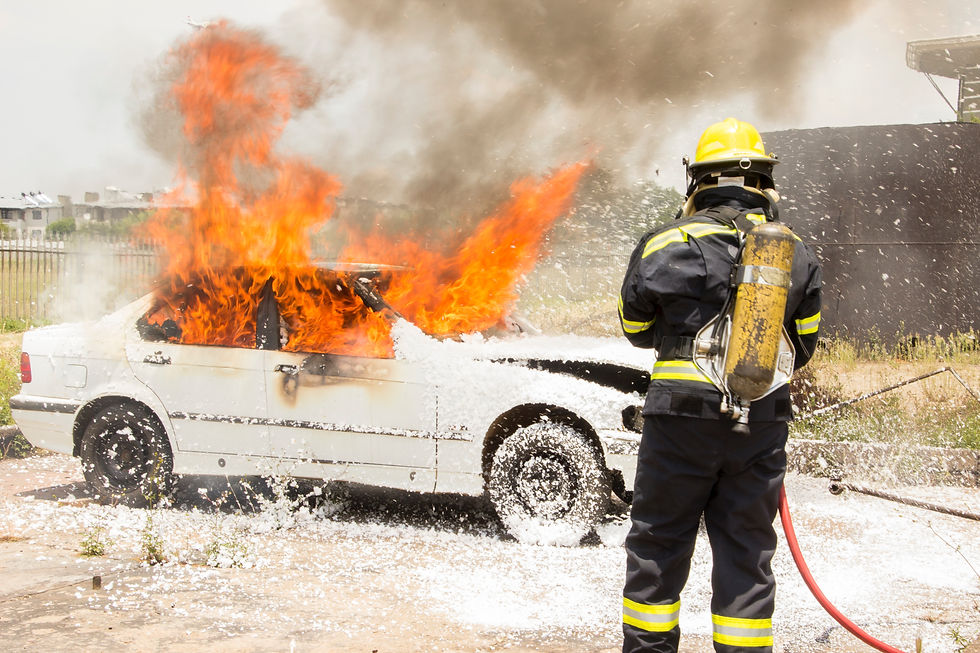Practice makes perfect when it comes to emergency preparedness. Knowing what to do when a natural disaster strikes saves lives.
Practice for disasters in both your home and your workplace, so that you know how to respond and mitigate the danger of different types of hazards.
September is National Preparedness Month. It is a time to prepare for crises and natural disasters. Schools, workplaces, families, and communities are urged to participate in a simple yet specific activity to increase preparedness for everyone involved.
Here are a few examples of practice drills:
Creating emergency kits for
Hosting emergency practice drills
Facilitating a group discussion on family emergency plans
Outlining emergency plans at the workplace
Discussing different types of hazards that are possible for the area you live and work
Researching local natural hazards
Teach children how to prepare for a disaster
The Federal Emergency Management Agency (FEMA) has prepared resources for safety drills for the workplace and schools that can also be adapted for households.
“When Americans prepare and practice for an emergency in advance of the event, it makes a real difference in their ability to take immediate and informed action, which, in turn, enables them to recover more quickly. Participation in drills, exercises, and training help to establish brain patterns that support quick and effective action during an emergency.”
- FEMA

Safety drills emphasize the importance of preparedness and empower citizens with the education and equipment to use when faced with danger.
Perhaps you already have your 72-hour kit, and it has all the necessities for an impending disaster. But, if the worst happens, are you truly ready to use everything in it? Does every person in your family know what to do with the items in the emergency kit?
Hold a mock emergency and see how long it takes for your family members to grab your 72-hour kits and meet at a specified location. A staged drill provides each member of the household an experience that helps them be prepared for the unknown.
Once the 72-hour kit is compiled, check it at least once a year to update important papers or ID.
Check the clothing in the kit to make sure sizes are age-appropriate
Review emergency preparedness best practices by researching online or at the local library where you will find survival books on food storage, first aid books, books about sterilizing water, gardening books, etc.
Don't have a bug-out-bag, survival vest, or 72-hour kit? Grab your emergency and survival gear at rseventytwo.com.
How to prepare to practice for a disaster?
Be aware of what type of natural emergencies are most likely in your area. Some regions are prone to bushfires, floods, windstorms, snowstorms, and power outages. Residents may be forced to evacuate their homes and seek shelter and assistance from emergency centers.
What are tips to be prepared for a disaster?
Create an emergency response plan for your practice.
Exercise your plan on regularly.
Contact emergency centers in your local area to see what support is offered.
Have a plan in place for sending communications to each other.
Create a plan with your family by figuring out what to do in case of a disaster. Be sure that everyone knows their role and responsibilities in the plan. Then hold drills and practice until everyone feels comfortable with who does what.
To help your family prepare:
Pack an emergency kit
Equip yourself with a three-day emergency food and water supply
Establish a disaster plan and practice it
Pack what you will need in case you need to evacuate
Respect warnings of local officials
Record important papers and keep them in a safe place
Check your financial capability
Clearly outline a plan to follow that helps keep everyone safe during a natural disaster or evacuation. ready.gov lists the four primary factors that your plan should include:
Where to shelter
A route for evacuation
Getting emergency alerts and warnings
Family communication https://www.ready.gov/sites/default/files/2021-02/family-emergency-communication-plan.pdf
Holding disaster drills keeps you and your family safe. Practice regularly to be prepared for any disaster.
留言